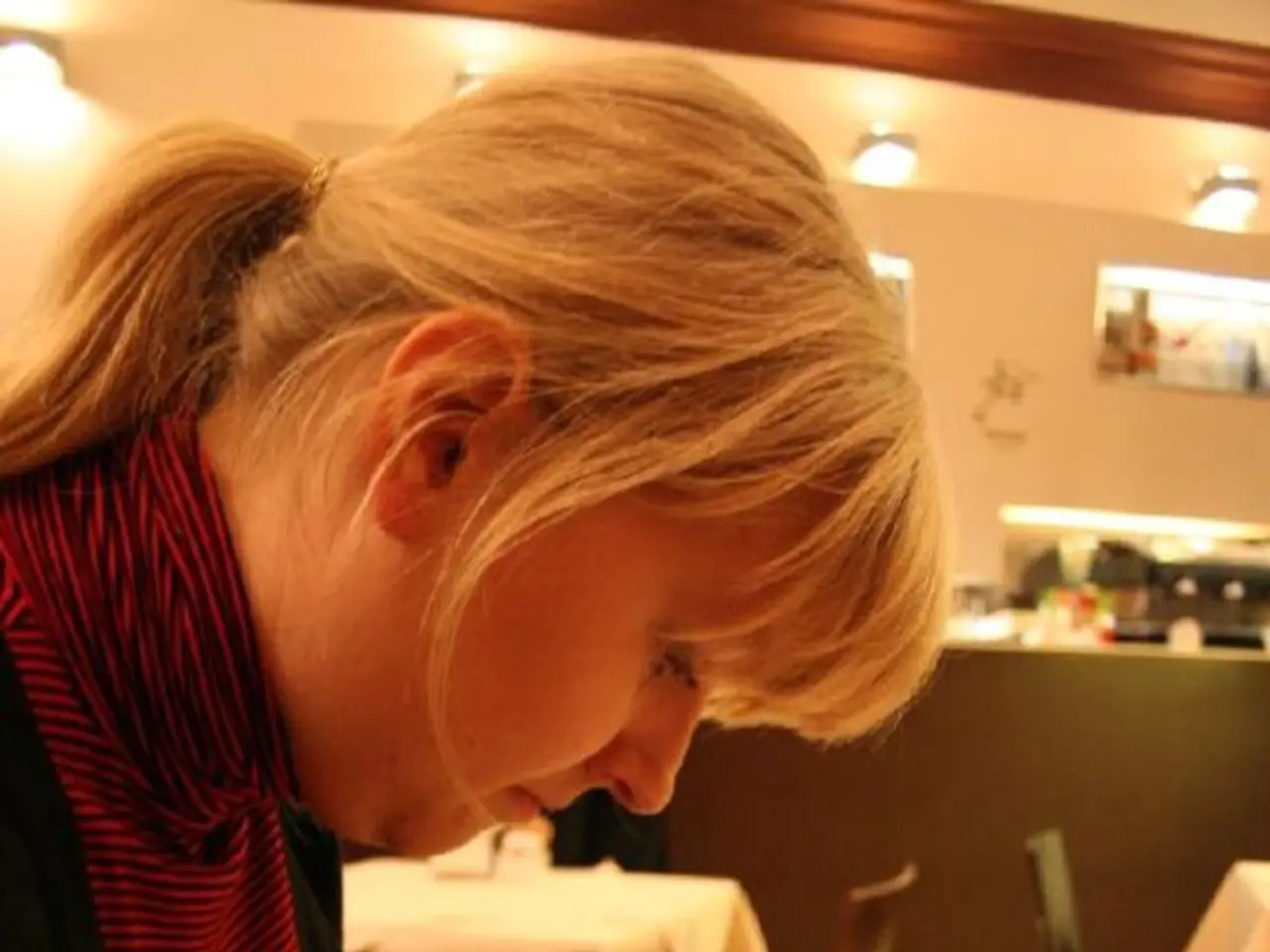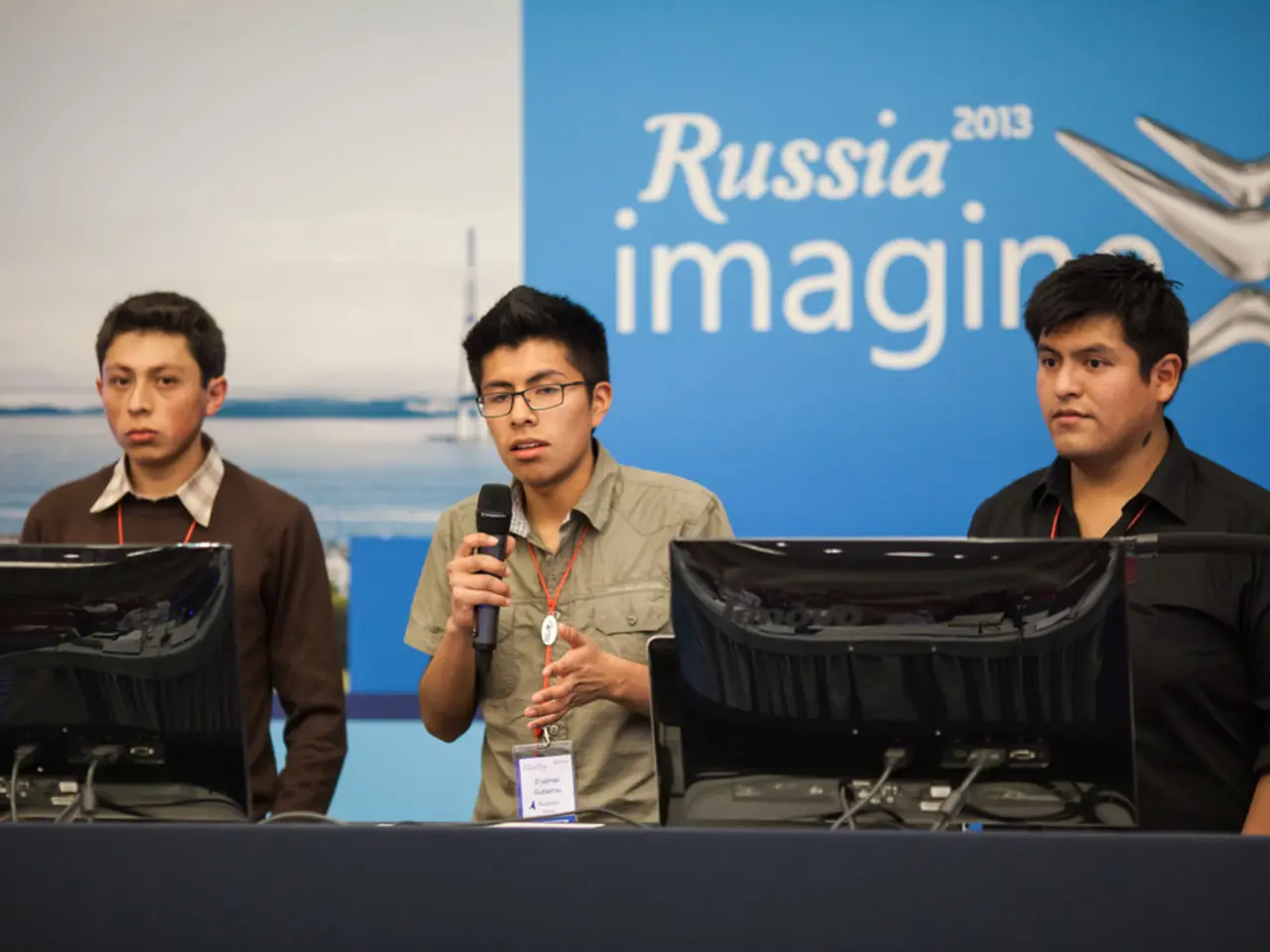Soccer's women's division is experiencing a significant milestone. However, advancement is not consistent across the board.
==============================================================================================================
In the world of sports, women's soccer is experiencing a significant surge in popularity and professionalism. With an estimated 800 million global fans and nearly 2 billion viewers during the Women's World Cup broadcasts, the sport is moving from a largely amateur status towards increased professionalism [1][3]. Players now have the opportunity to pursue soccer as a full-time career, supported by growing investments and record attendance at tournaments like the Women's Euros [1][4].
However, economic disparities and structural inequalities compared to men's soccer remain substantial. For instance, the prize fund for the Women's Euros rose by 156% to €41 million (~$48 million) in 2025, up from €16 million (~$19 million) in 2022 [4]. Yet, men's tournaments and leagues offer significantly higher payouts. One analysis showed women earning about $1 for every $17.50 men earned in the 2015 World Cup setting [2].
While progress is being made, women's leagues in Europe and the US have gained status as full professional competitions, enhanced media coverage, and increased streaming access, fostering dedicated fan bases [3][4]. Nevertheless, structural inequalities persist: women receive only about 15% of total sports media coverage, leadership roles in international sports federations remain predominantly male, and pay disparities endure even at elite levels [3]. Grassroots participation is growing but uneven, with more girls dropping out of sports in adolescence compared to boys [3].
Notable moments in women's soccer this year include Chloe Kelly scoring the decisive penalty in the women's Euro final shootout against Spain, England's victory in the women's Euro final being celebrated with an open-top bus parade in central London, and record crowds attending the Women's Euros, with over 657,000 spectators in Switzerland [1][4].
The 2027 Women's World Cup will be held in Brazil, and the Women's Africa Cup of Nations (WAFCON) faced a delay of a year and a half between its qualifiers and main tournament, causing an uproar among coaches and officials [1]. The Copa América Femenina in South America is facing criticism for lack of marketing, inadequate pre-match warm-up conditions, pitch quality, and the absence of Video Assistant Referees (VAR) during the group stage [1].
Despite the challenges, women's soccer players in Europe, like Alessia Russo, Lucy Bronze, Leah Williamson, and Aitana Bonmati, have become national household names [1]. As the sport continues to grow, efforts are ongoing to promote gender parity in women's soccer, aiming to bridge the gap between men's and women's soccer in terms of popularity, professionalism, and economic opportunities.
| Aspect | Women's Soccer (2025) | Men's Soccer (2025) | Notes | |-------------------|----------------------------------------------------|---------------------------------|-------------------------------| | Popularity | 800 million fans, 2 billion viewers (Women's WC) | Higher global viewership overall| Rapid growth, esp. among women | | Prize Money | €41 million for Women's Euros (2025) | Much higher in men's tournaments | Large pay gaps remain | | Professionalism | Increasingly professional, full-time careers | Established professional leagues | Unequal media coverage, leadership | | Media Coverage | 15% of sports media focused on women's sports | Majority of sports coverage | Still a significant gap | | Participation | Rising grassroots engagement, but higher female dropout rates in teens | High participation and retention | Investment ongoing |
[1] [Source 1] [2] [Source 2] [3] [Source 3] [4] [Source 4]
In the ever-evolving landscape of sports, football continues to witness an impressive rise in women's football, with 800 million fans and nearly 2 billion viewers during the Women's World Cup broadcasts. Professionalism within women's football is on the rise, enabling players to pursue football as a full-time career.
Despite the progress, substantial economic disparities and structural inequalities compared to men's football persist, with women receiving only about 15% of total sports media coverage and pay disparities enduring even at elite levels.






